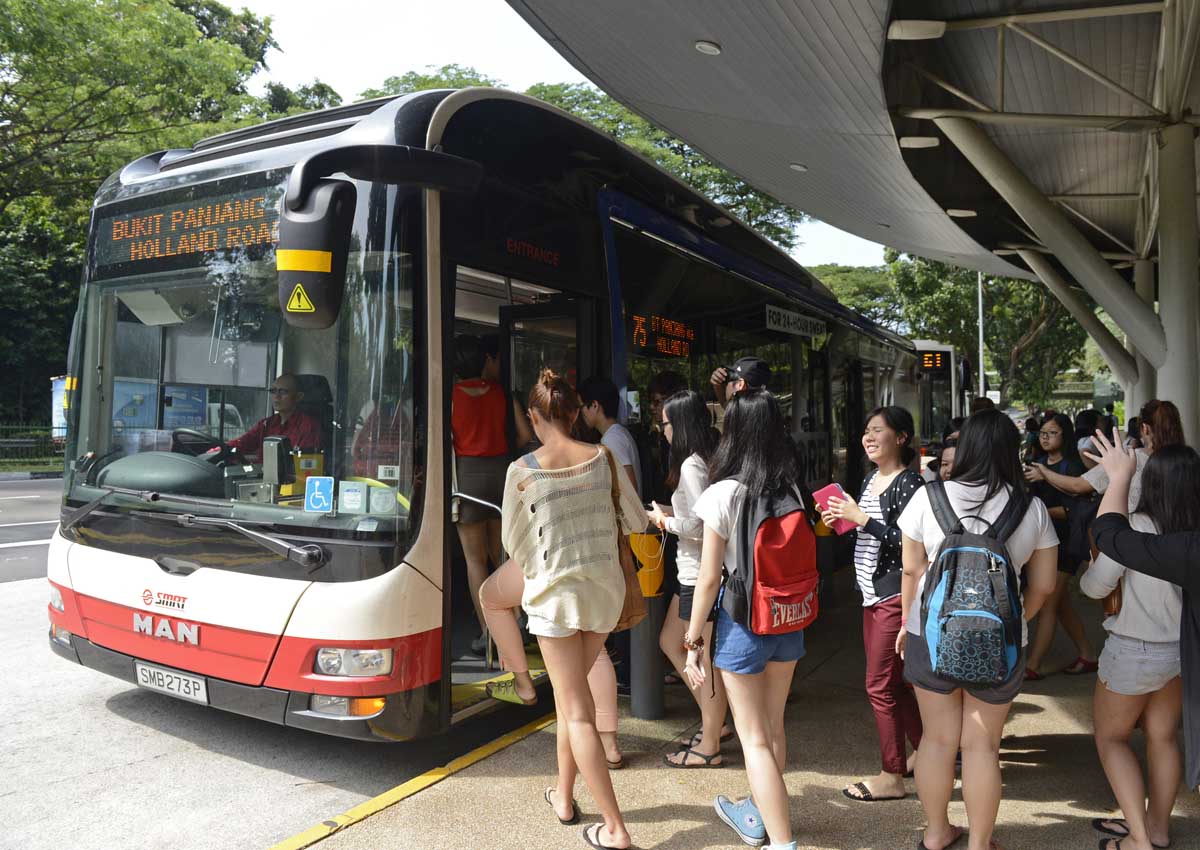The Land Transport Authority (LTA) has reached a multi-billion-dollar agreement with SBS Transit and SMRT Buses to run buses under a new government bus contracting model.
The transition will take effect from Sept 1 and there will be 11 bus packages under the model, the LTA said yesterday.
The packages are of varying sizes, and have different compositions of bus services with different route lengths.
LTA estimated the total contract fee for SBS Transit would come to $5.3 billion, and that for SMRT would amount to $1.9 billion.
SBS Transit operates eight of the packages with 196 bus services, and SMRT Buses runs three with 77.
The packages have an operating tenure of between two and 10 years.
When they expire, each will be put up for competitive tendering – like the two which were clinched by foreign players recently.
LTA said this phased approach to competitive tendering minimises risk of service disruption for commuters and allows it to refine the management of contracts.
The bus contracting model – where the Government owns all operating assets and collects fare revenue – has been in the works for at least four years now.
The Government took the first step when it set aside $1.1 billion in 2012 to buy 550 buses to beef up the fleet on the back of a surge in public transport demand. This was soon expanded to 1,000 buses.
In May last year, the first competitive route tender was won by Australia’s Tower Transit for $556 million, for a five-year contract to run services out of Jurong West.
Six months later in November, Britain’s Go-Ahead clinched the second contract operating out of Loyang for just under $500 million.
In June this year, the LTA called tenders for a third parcel in Seletar.
The new model is meant to incentivise operators with revenue certainty and shield them from heavy and lumpy capital expenditure so they can focus on meeting service standards.
LTA chief executive Chew Men Leong said moving to the new contracting model puts the bus industry “on a financially more sustainable footing”.
“But commuters can expect higher bus service levels throughout Singapore,” he added.
With this model, buses will arrive at intervals no longer than 15 minutes during the morning and evening peak periods, with at least half of them doing so at intervals no longer than 10 minutes. Feeder services will run at intervals of six to eight minutes.
Sitoh Yih Pin, chairman of the Government Parliamentary Committee for Transport, said: “It is too early to tell if service will effectively improve. We will have to allow the new model to be in play for a sustained period before any judgment can be made.”
But he added that the new model allows LTA to be more responsive to ridership changes.
christan@sph.com.sg

Get MyPaper for more stories.






